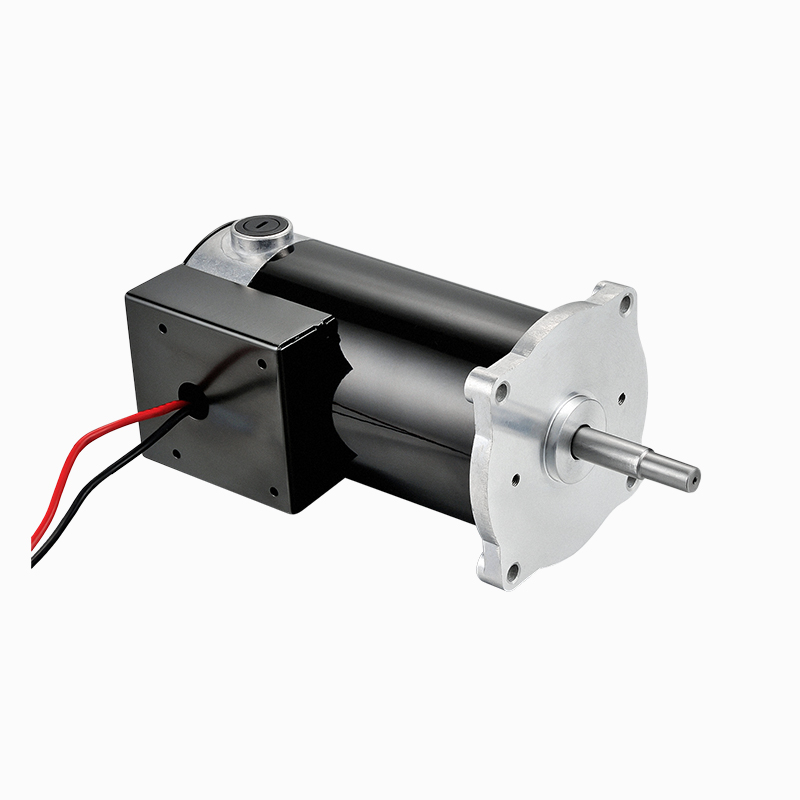Call us
+86-18023576732
+86-0579-89008006
Fax: +86-0579-82206899
The thermal resilience of electric motors is a crucial aspect of their performance and longevity, particularly in environments where heat can significantly impact operational efficiency. Among various types of electric motors, the Permanent Magnet DC Motor (PMDC) has garnered attention due to its remarkable thermal performance. This article seeks to explore the thermal resistance capabilities of Permanent Magnet DC Motors, examining how they handle heat and maintain functionality under various conditions.

The Permanent Magnet DC Motor's thermal performance is influenced by several factors, including the materials used in the motor's construction, the design of the cooling system, and the overall efficiency of the motor. The motor's ability to dissipate heat effectively is critical, as excessive temperatures can cause a decrease in the magnetic properties of the permanent magnets and an increase in electrical resistance, which can reduce the motor's torque and efficiency.
One of the key benefits of Permanent Magnet DC Motors is their high efficiency, which contributes to better thermal management. High efficiency means that less power is converted into heat during operation, reducing the thermal load on the motor. This is particularly important in applications where the motor is required to operate continuously for extended periods, as it helps to prevent overheating and maintain consistent performance.
The construction materials of a Permanent Magnet DC Motor also play a significant role in its thermal performance. The use of high-quality permanent magnets, such as neodymium or samarium cobalt, which have high Curie temperatures, allows the motor to operate at higher temperatures without losing magnetic strength. Moreover, the motor's frame and other components are often made from materials that can withstand high temperatures, further enhancing the motor's thermal resistance.
The cooling systems designed for Permanent Magnet DC Motors are another factor that contributes to their thermal resistance. These systems can include forced air cooling, liquid cooling, or even heat sinks, depending on the application and the motor's size. Effective cooling systems help dissipate heat away from the motor, preventing overheating and extending the motor's lifespan.
When comparing the thermal performance of Permanent Magnet DC Motors to other types of DC motors, such as series-wound or shunt-wound motors, the PMDC typically outperforms them. This is due to the PMDC's higher efficiency and the fact that they do not require an excitation current, which can generate significant heat. The absence of brushes in PMDC motors also reduces heat generation, as brush friction is a common source of heat in brushed DC motors.
However, it is important to note that the thermal performance of a Permanent Magnet DC Motor can be affected by its operating conditions. For instance, motors that are subjected to high ambient temperatures or that are not adequately ventilated may experience reduced thermal performance. Additionally, the quality of the motor's construction and the materials used can also impact its ability to withstand heat.
In conclusion, the thermal resistance capabilities of Permanent Magnet DC Motors are a combination of their high efficiency, the materials used in their construction, and the effectiveness of their cooling systems. These factors work together to ensure that PMDC motors can operate in a wide range of temperatures without a significant drop in performance. Understanding these thermal characteristics is essential for selecting the appropriate motor for specific applications and ensuring the motor's longevity and reliability.
Contact Us